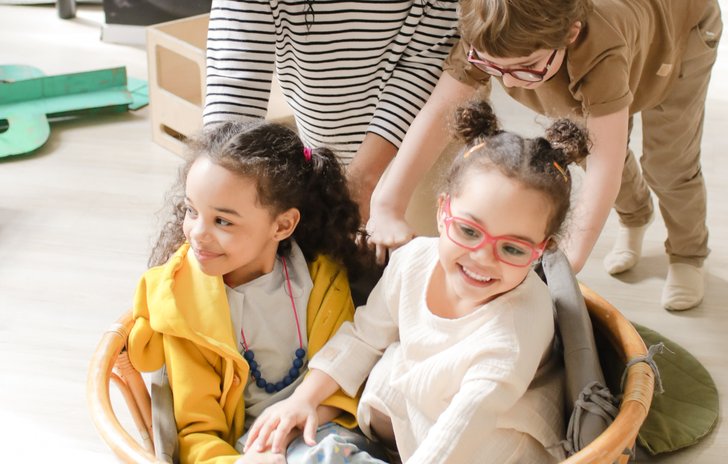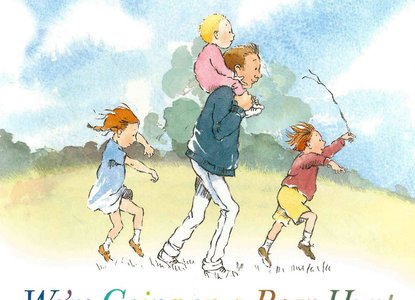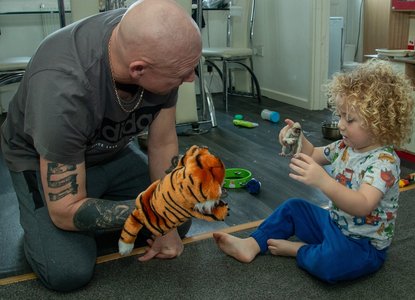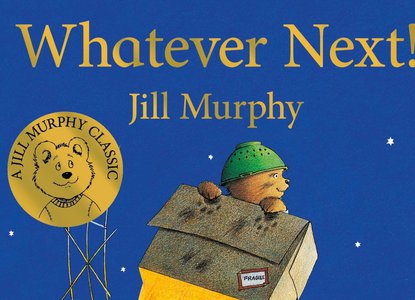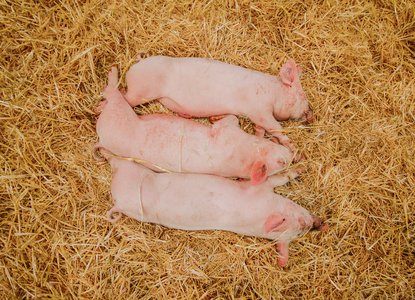Choose a story your child knows well and begin to act out parts of the story. You can all play all of the characters (older children might like to select just one each). For example, if you act out Goldilocks and the Three Bears, this gives your child the challenge of experimenting with a teeny tiny baby voice and a deep, loud daddy voice.
Tell the story and act it out together. You can do silly voices and actions for each character, and move around your home, garden or maybe the park. Household objects can be things in the story, and different rooms can be different places, be creative!
You can also make up new parts of the story, consider what happened next … OR, what might have happened if, for example, someone different had visited the three bear’s house.
Encouraging your child to think about what happens next as you go through the story supports their memory development and understanding of sequencing.
Acting out stories is a great opportunity for talking about feelings. As your child gets into character you can ask them how they are feeling and encourage them to show you with their facial expressions and body language. For example, Baby Bear feeling sad, Daddy Bear feeling angry or Goldilocks feeling frightened.
As your child develops favourite stories you might just act out parts of them when you come across opportunities to. For example, if they like ‘We’re Going on a Bear Hunt’ you might ‘stumble-trip, stumble-trip’ through a wooded area when you’re out for a walk.
Good to know
Bringing stories to life in this way will help your child understand the different parts of stories, and it will build their imagination.
